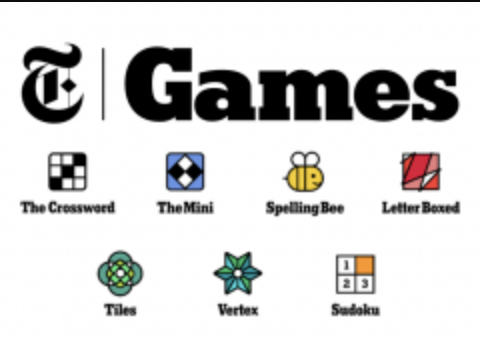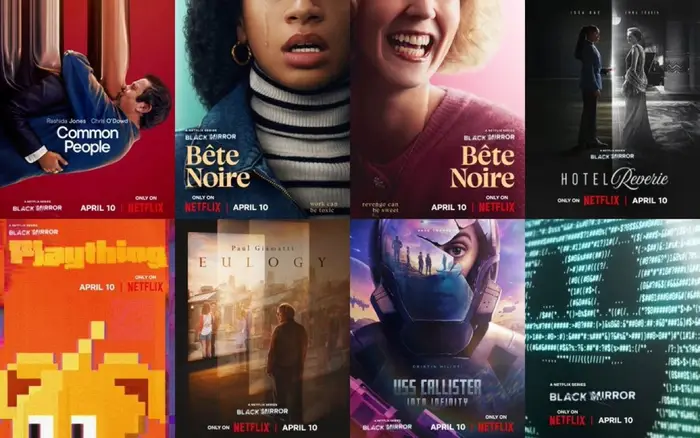
What is the first thing you do when you wake up? Many people check their phones, turn off their alarms, take a shower, or change out of their pajamas. However, this standard morning routine is rapidly changing, with more and more people options for a different start to the day. Today, many people’s first impulse when hearing their alarm is to quickly rush to their phone to log on to The New York Times website to partake in the daily games of Wordle, Connections, The Mini Crossword, Spelling Bee, and the newly added Strands. The goal is to complete each game before the answers are unfairly and rudely spoiled by family, friends, group chats, the inevitable Facebook mom, or the person sitting in front of you in math class.
Over the past year, The New York Times games have flooded the screens of Americans nationwide, including the entire Emery/Weiner community. The New York Times games give people something to look forward to spicing up the often mundane day. People enjoy playing for the satisfaction that comes with beating the fairly challenging games and utilize the opportunity to exercise their minds. According to The New York Times, “tens of millions of people play the games every day.”
The recent success of The New York Times Games section can be traced back to the development of Wordle, a difficult game where players guess random five-letter words in only six attempts with no hints. The game makes this task more manageable by uncovering the placement of letters that were previously guessed in the player’s other attempts. Wordle’s sharp rise in popularity led many hungry fans to search for other games to fill the empty void that formed after their completion of the daily wordle. The craving for new games led people to uncover older ones such as The Mini Crossword and Spelling Bee. The Mini Crossword allows people to quickly solve a miniature version of the famous New York Times crossword with the goal to ultimately be completed in less than five minutes. Whereas, Spelling Bee tasks people with creating as many words as possible deriving from seven letters consisting of at least a constant letter within all the guesses. These three games were top hits for many months, but their completion once again led to daily fatigue in fandom. However, three months ago the newest game made a splash, making things interesting for all devoted players.
On August 28th, 2023 Connections was released to immediate praise. Connections provide people with 16 words that fit into four different categories ranging in difficulty. An example of the easiest category this past week was “Parts of an Airport” consisting of the words: hangar, runway, terminal, and tarmac. Yet, the most difficult category this past week was “Colors with their First Letter Changed,” consisting of the words: clue, frown, mellow, and preen. Connections was the catalyst setting off a similar chain reaction that Wordle started a year prior, enticing many new fans to be endorsed into the cult of The New York Times Games.
Finally, on March 4 2024, a new game was released – Strands. Strands is a mix between Connections and a word search, tasking people with finding seven different words in a word search that all relate to a common theme, as well as the “Spangram,” which is a word that describes the theme and touches two ends of the board. For example, this past week’s clue was “World Piece,” consisting of the words: marsh, mountain, swap, plain, forest, tundra, and desert, with the “Spangram ” being terrain. Even though Strands is a relatively new game—only being released for a couple of days—it has picked up steam and many people have become religious players.
Although players enjoy each game individually, what consistently brings them back every morning is the diversity among the games.
Senior Lauren Miller, an avid player of The New York Times games shares, “yes the games are fun; don’t get me wrong, but it’s the fact that every game is different and not copies of one another that keeps me playing and invested.” Miller continued by sharing that “the games are like rituals I look forward to every day and can’t wait for any new games to come in the future.”
Ultimately, The New York Times games are a fun yet challenging break in many people’s days. The games not only allow people to achieve personal victories but also to make connections through shared love and challenges.






